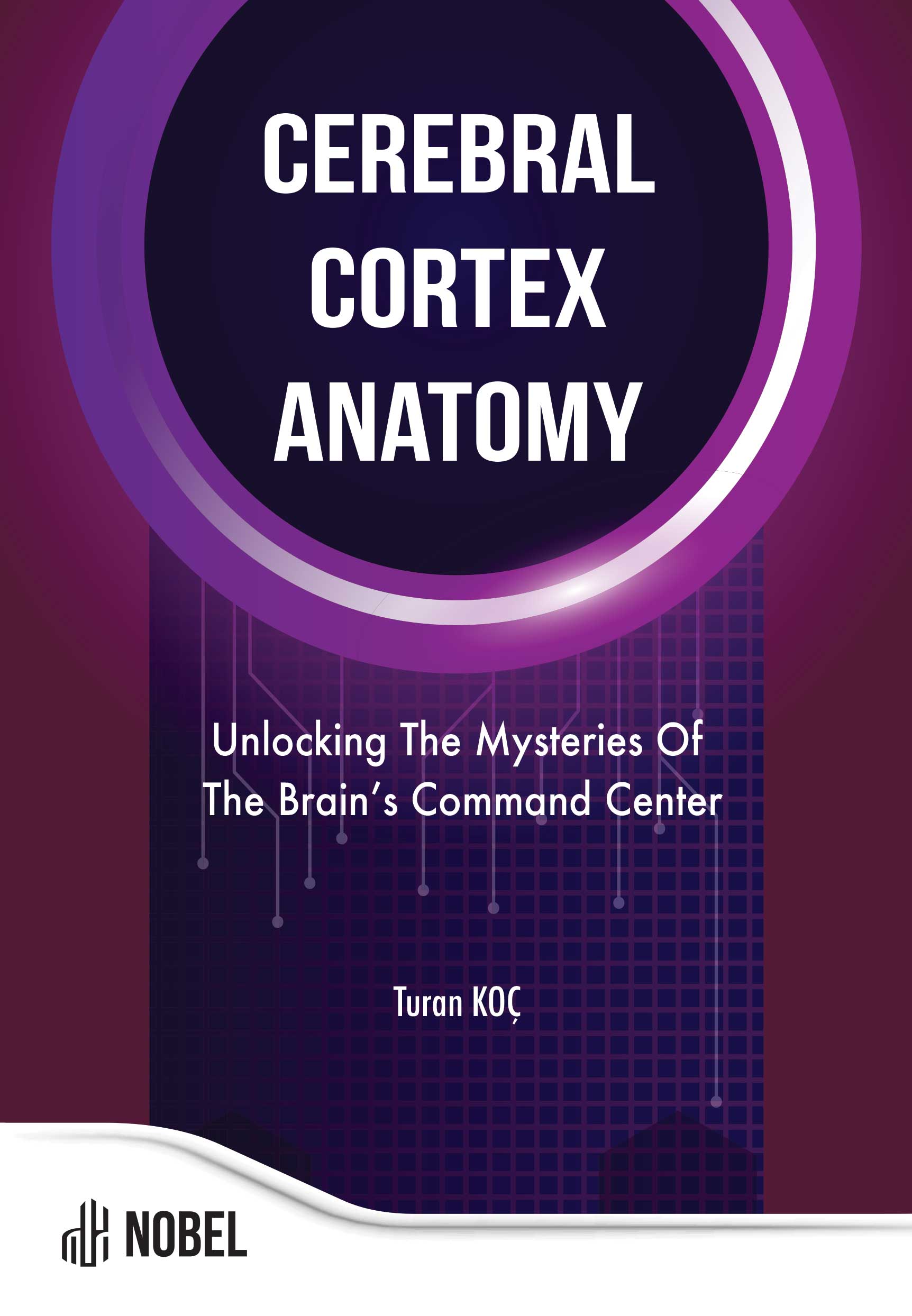Lobes of the Brain
No contributors found.
Release Date: 2024-06-19
Finger clubbing is observed during a physical examination in approximately two thirds of the patients with idiopathic pulmonary fibrosis. Fine inspiratory crackles "Velcro-like" crackles heard on auscultation at the lung bases more pronounced during inspiration are a classic and a halmark finding. In advanced stages, patients may exhibit cyanosis of the skin and mucous membranes [...]

